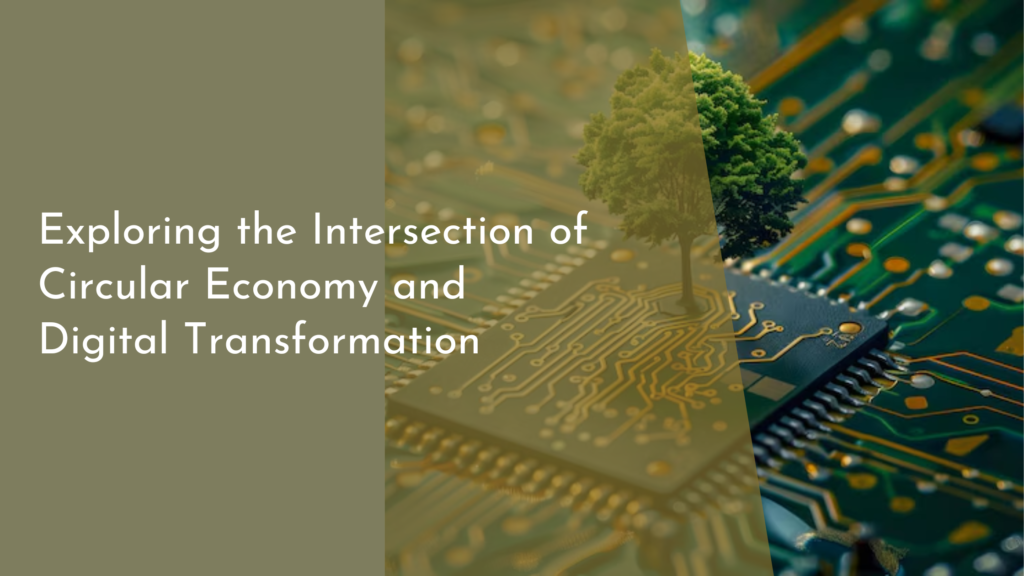The ethics of crowdfunding for wildlife conservation projects
In recent years, crowdfunding has emerged as a powerful tool for wildlife conservation projects, unlocking new avenues for funding and engagement. By pooling resources from a diverse array of individuals, organizations can embark on ambitious conservation initiatives that were previously deemed unfeasible. This modern approach not only democratizes the funding process, but also fosters a sense of community and shared responsibility for our planet’s biodiversity. However, while crowdfunding presents exciting opportunities, it also raises essential ethical questions that must be addressed to ensure the integrity of conservation efforts.
Understanding Crowdfunding: A New Era for Conservation
Crowdfunding refers to the practice of soliciting small amounts of money from a large number of people, typically via the internet, to support a project or venture. In the context of wildlife conservation, platforms like Kickstarter and GoFundMe have given rise to a new wave of fundraising campaigns that allow individuals and organizations to present their conservation projects to a global audience. This method of funding is particularly beneficial for grassroots initiatives and local organizations that may lack access to traditional funding sources, such as grants or large philanthropic donations.
Moreover, crowdfunding promotes transparency and accountability, as backers can often track the progress of the projects they support. This real-time connection encourages ongoing engagement, where contributors can feel directly involved in the conservation efforts they are funding. For many, the act of donating to a wildlife project is not just about financial support; it’s an opportunity to be part of a larger movement dedicated to protecting endangered species and their habitats.
The Positive Impact of Community Support in Wildlife Projects
Community support plays a crucial role in the success of wildlife conservation projects funded through crowdfunding. By rallying local supporters, these initiatives can tap into a wealth of knowledge, resources, and volunteer power that significantly enhances their impact. When locals are involved in conservation efforts, they are more likely to advocate for the protection of their natural surroundings and engage in sustainable practices. This grassroots involvement fosters a sense of ownership and pride in the conservation initiative, leading to more successful outcomes.
Additionally, the positive effects of community support extend beyond the immediate project. Crowdfunding can serve as a catalyst for raising awareness about critical conservation issues, inspiring others to take action in their own communities. As individuals share their experiences on social media and other platforms, the momentum of public support can grow exponentially. This collective effort not only benefits the targeted species or habitat but also educates the public about the importance of wildlife conservation, creating a ripple effect of positive change.
Ethical Considerations in Crowdfunding for Nature Protection
Despite the many benefits of crowdfunding, ethical considerations must be taken into account to ensure that conservation projects are genuinely serving their intended purpose. One significant concern is the potential for misrepresentation of projects. Some campaigns may exaggerate the urgency of a situation or misrepresent how funds will be utilized, which can mislead donors and result in a lack of trust in the crowdfunding platform as a whole. It’s crucial for project leaders to maintain transparency regarding project goals, budgeting, and expected outcomes to build confidence among supporters.
Furthermore, ethical crowdfunding practices must also consider the potential impact on local communities and ecosystems. Projects should prioritize the involvement and consent of local stakeholders to avoid imposing external values or solutions that may not align with the community’s interests. Additionally, conservation efforts must be sensitive to the cultural significance of certain species or areas, ensuring that interventions do not disrupt existing traditions or livelihoods. By upholding ethical standards, crowdfunding can truly become a force for good in wildlife conservation.
Success Stories: How Crowdfunding Helps Save Endangered Species
Numerous inspiring success stories demonstrate the power of crowdfunding in wildlife conservation. One notable example is the case of the California condor, a critically endangered species that was once on the brink of extinction. A crowdfunding campaign initiated by the California Condor Recovery Program not only raised funds for breeding and rehabilitation efforts but also engaged a community of passionate advocates who helped spread awareness about the species. Today, thanks to these combined efforts, the population has rebounded and continues to thrive, showcasing the effectiveness of community-driven initiatives.
Another heartwarming story comes from the efforts to protect sea turtles along the coast of Costa Rica. A local nonprofit organization launched a crowdfunding campaign to fund beach patrols and conservation education programs aimed at protecting nesting sites from poaching and habitat destruction. The campaign exceeded its fundraising goal and mobilized volunteers worldwide, leading to increased protection for these amazing creatures. Now, with a thriving population of sea turtles returning to nest, the initiative stands as a testament to the transformative potential of crowdfunding in wildlife conservation.
Crowdfunding represents a bright new frontier for wildlife conservation, allowing passionate individuals and organizations to unite in their efforts to protect our planet’s precious biodiversity. While ethical considerations are essential to fostering trust and ensuring meaningful impact, the positive outcomes from successful crowdfunding campaigns demonstrate the potential for collaborative action. As we continue to navigate the challenges facing endangered species and their habitats, embracing this modern approach can inspire hope and create a more sustainable future for wildlife and communities alike. Together, we can nurture a world where both nature and humanity flourish in harmony.


